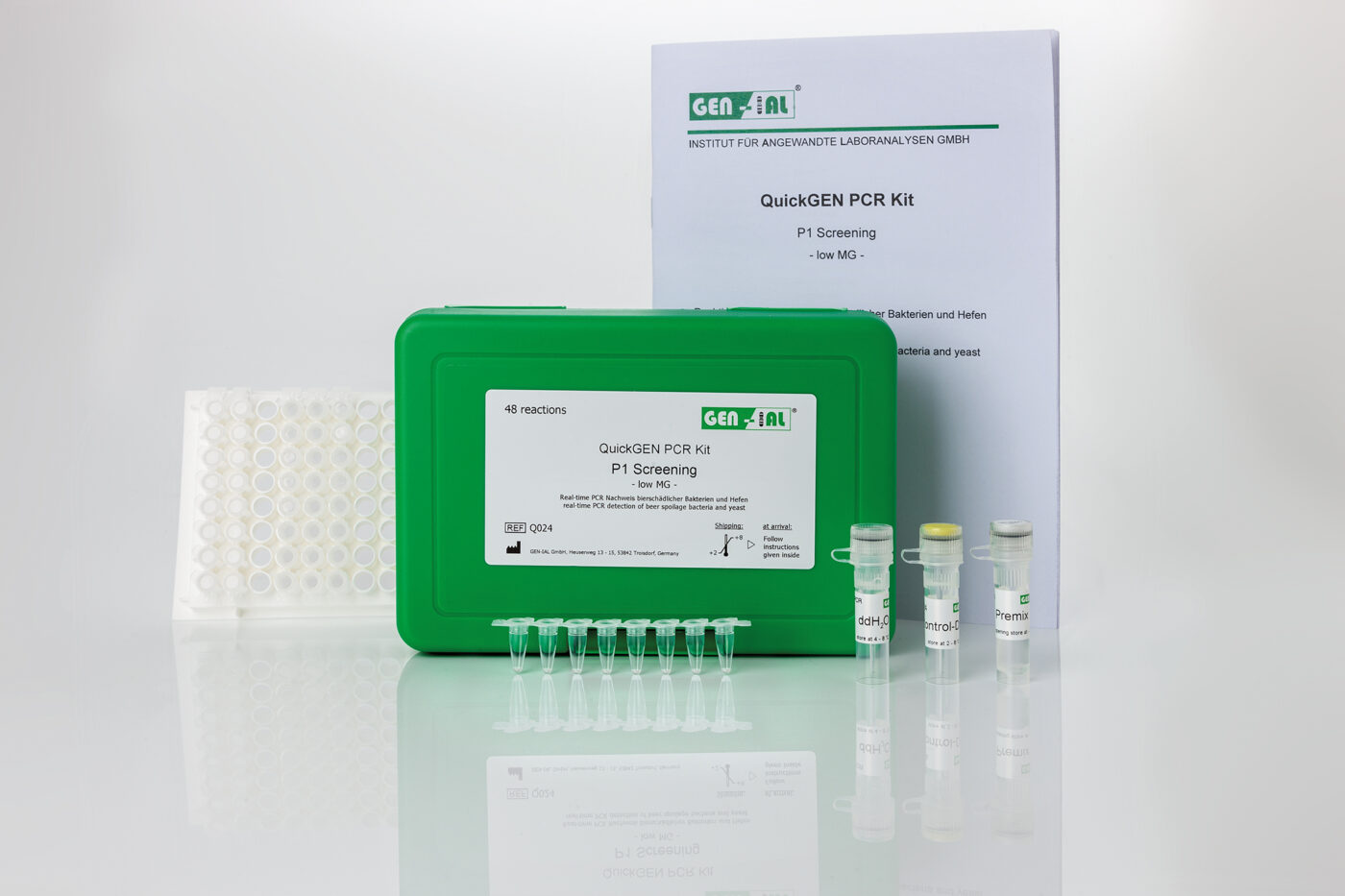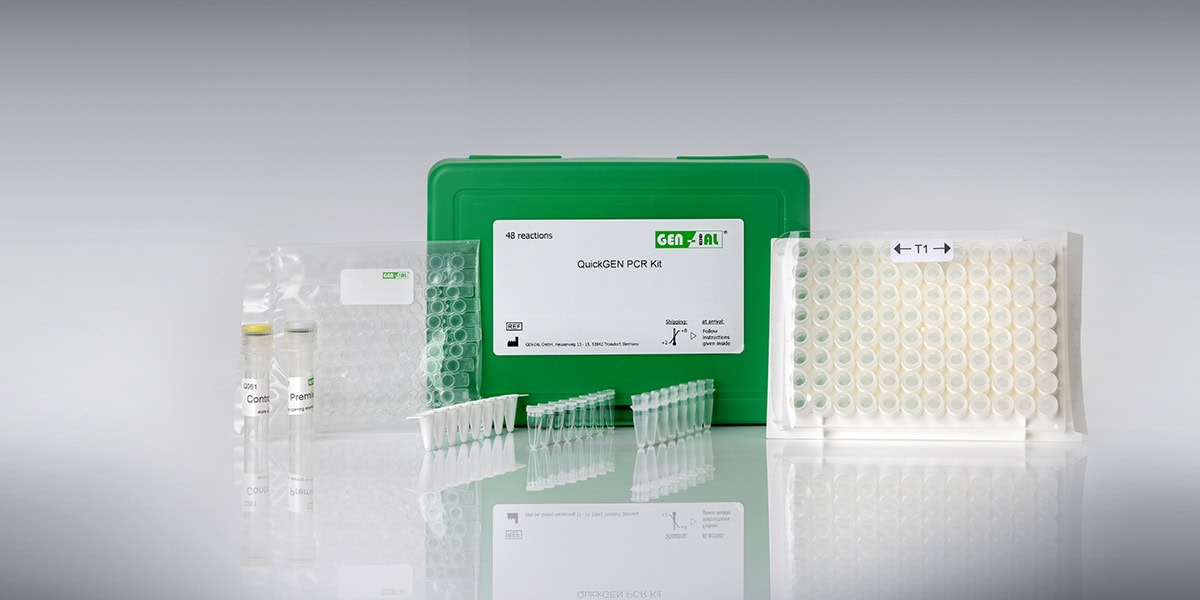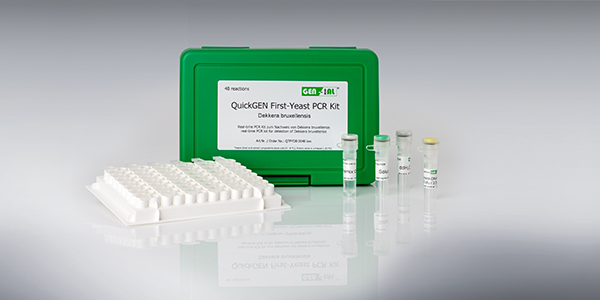
Recent news in Food & Feed Analysis
- Home
- /
- On the trail of...
On the trail of beer spoilage bacteria

In general, beer is not a likely habitat for microorganisms: the alcohol content, the low pH value, the anaerobic atmosphere, the hop bitters and the limited nutrient supply make beer a rather hostile environment. However, some bacteria have adapted to this environment.
Although not being pathogenic, the microorganisms can cause undesirable odor and off-flavor as well as turbidity in beer. Three categories of beer spoilers can be distinguished: Obligate beer spoilage bacteria (e.g. Lactobacillus brevis, Pediococcus damnosus, Megasphaera spp., Pectinatus spp.) will always cause spoilage. Potential beer spoilage organisms (some lactic acid bacteria, exogenous yeast) will only grow under certain conditions, e.g. in the case of low alcohol or hop content. Indirect beer spoilage microorganisms cannot grow in beer, but may be contained in the used raw materials. The following table gives an overview of beer spoilage microorganisms and the off-flavors they cause.
| Microorganism | Off-flavor |
|---|---|
| Exogenous yeast (e.g. Saccharomyces diastaticus) | Flowery or bitter taste |
| Lactic acid bacteria (e.g. Lactobacillus brevis) | Sour taste |
| Acetic acid bacteria | Taste of vinegar |
| Thermophilic bacteria | Taste of vegetables or celery |
| Pediococci (e.g. Pediococcus damnosus) | Buttery taste |
| Firmicutes (Megasphaera spp., Pectinatus spp.) | Taste of rotten eggs |
| Molds | Moldy taste |
Microbiological analysis of beer
To provide a flawless product, breweries have to carry out a thorough quality control and test their beer for various contaminants. This is often challenging, especially for small breweries. With the traditional microbiological detection method requiring enrichment in culture media for several days, the analysis procedure often impedes production processes. As a faster alternative, PCR tests that provide results within a few hours are becoming increasingly important. This molecular biological method is not only highly specific but also very easy to perform when using the modern GEN-IAL® test kits. In our video, Ronald Niemeijer explains how it works: https://www.youtube.com/watch?v=Mlwaf4-nbVc[vc_column_inner width=”1/4″] [vc_column_inner width=”3/4″]Without enrichment, these PCR tests can be used for the analysis of raw materials, in-process samples from production and filling as well as for end products. With regard to in-process testing, it is important to notice that some areas in a brewery are particularly vulnerable to microbiological spoilage. Our infographic on the left shows the 5 places that need particular attention. Click to view in full size.
[vc_column_inner width=”3/4″]Without enrichment, these PCR tests can be used for the analysis of raw materials, in-process samples from production and filling as well as for end products. With regard to in-process testing, it is important to notice that some areas in a brewery are particularly vulnerable to microbiological spoilage. Our infographic on the left shows the 5 places that need particular attention. Click to view in full size.



